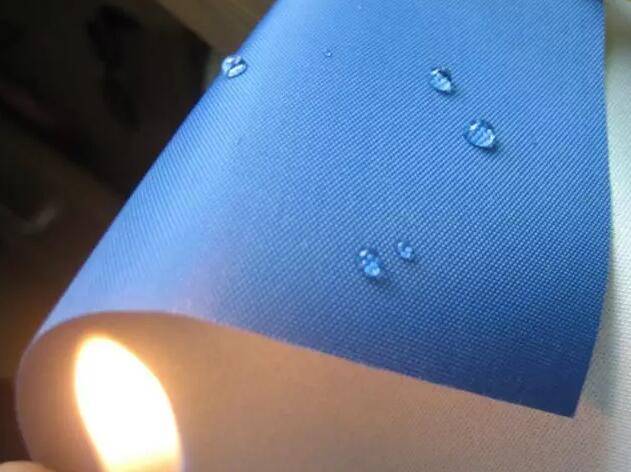Indoor textiles are not only prone to fires, but the combustion process can accelerate the spread of fire and endanger people's lives and property. This article takes you through the standards and test methods for testing the combustion properties of textiles!
What are the testing methods for testing the combustion properties of textiles?
1 Conical calorimeter method
Indoor textiles can be obtained by conical calorimeter test, including heat release indicators, smoke release indicators, ignition time and other indicators, conical calorimeter test method is widely used in fire risk assessment.
The conical calorimetry test is based on the principle that materials burning under the thermal radiation of a conical heater consume oxygen from the air. By measuring the amount of oxygen consumed during combustion, the smoke produced and the optical pathway, data on the heat release and smoke release from the burning sample can be obtained.
Numerous studies have shown that conical calorimetry test results correlate well with large scale combustion tests.

2 Corner ignition test
The corner ignition test is a full-scale fire test research method, also known as the corner burning test, which is closer to real fire conditions and can be used to study the fire characteristics of interior materials.
The test method uses a simulated corner fire scenario as a standard condition and specifies that the test specimens are installed exactly as they will be used in practice, making it a reliable method of fire science research. The international standard ISO 9705 for full-size room combustion tests specifies a test method for simulating a fire that occurs in a corner section of a room, using a standard ignition source, and is designed to assess the effect of the product on the development of a fire.
3 Thermal analysis methods
The main thermal analysis methods commonly used include thermogravimetric analysis (TG) and differential scanning calorimetry (DSC). Thermogravimetric analysis is a thermal analysis technique that measures the mass of a sample as a function of temperature at a programmed controlled temperature and can be used to study the thermal stability or thermal decomposition of a material.
Differential Scanning Calorimetry (DSC) is a thermal analysis technique that measures the difference in power input to a specimen and a reference material as a function of temperature at a programmed controlled temperature and can determine a wide range of thermodynamic and kinetic parameters.
Indoor environments are enclosed or semi-enclosed spaces where, after a fire, the burning of materials consumes a large amount of oxygen and the oxygen concentration drops sharply, resulting in an oxygen-poor state.
The oxygen index method refers to the minimum oxygen concentration required for flaming combustion of materials in the oxygen and nitrogen mixture under specified conditions called the limiting oxygen index (LOI), with a high LOI indicating that the material is not easily combustible.
The oxygen index method is used to characterise the ease of ignition of a material and is used to determine the ease of combustion of a material in contact with a flame in air. In GB 8624-2012 "Classification of burning properties of building materials and products" that for curtain curtains, furniture products decorative fabrics, oxygen index ≥ 32 % for B1 grade products, that is, flame-retardant materials; oxygen index ≥ 26 % for B2 grade products, that is, combustible materials.
The standard test method for the oxygen index method is the national standard GB/T 5454-1997. in the study of the combustion characteristics of textile fabrics, the ultimate oxygen index can be used to distinguish the ignition characteristics of fibre materials, LOI less than 26% for combustible or flammable fibres, most of the commonly used textile fibres have an oxygen index much lower than 26% and belong to combustible or flammable materials.
QISNUN Instruments is an international manufacturer of laboratory textile combustion testing equipment, welcome to leave a message to order, large quantities are available!




